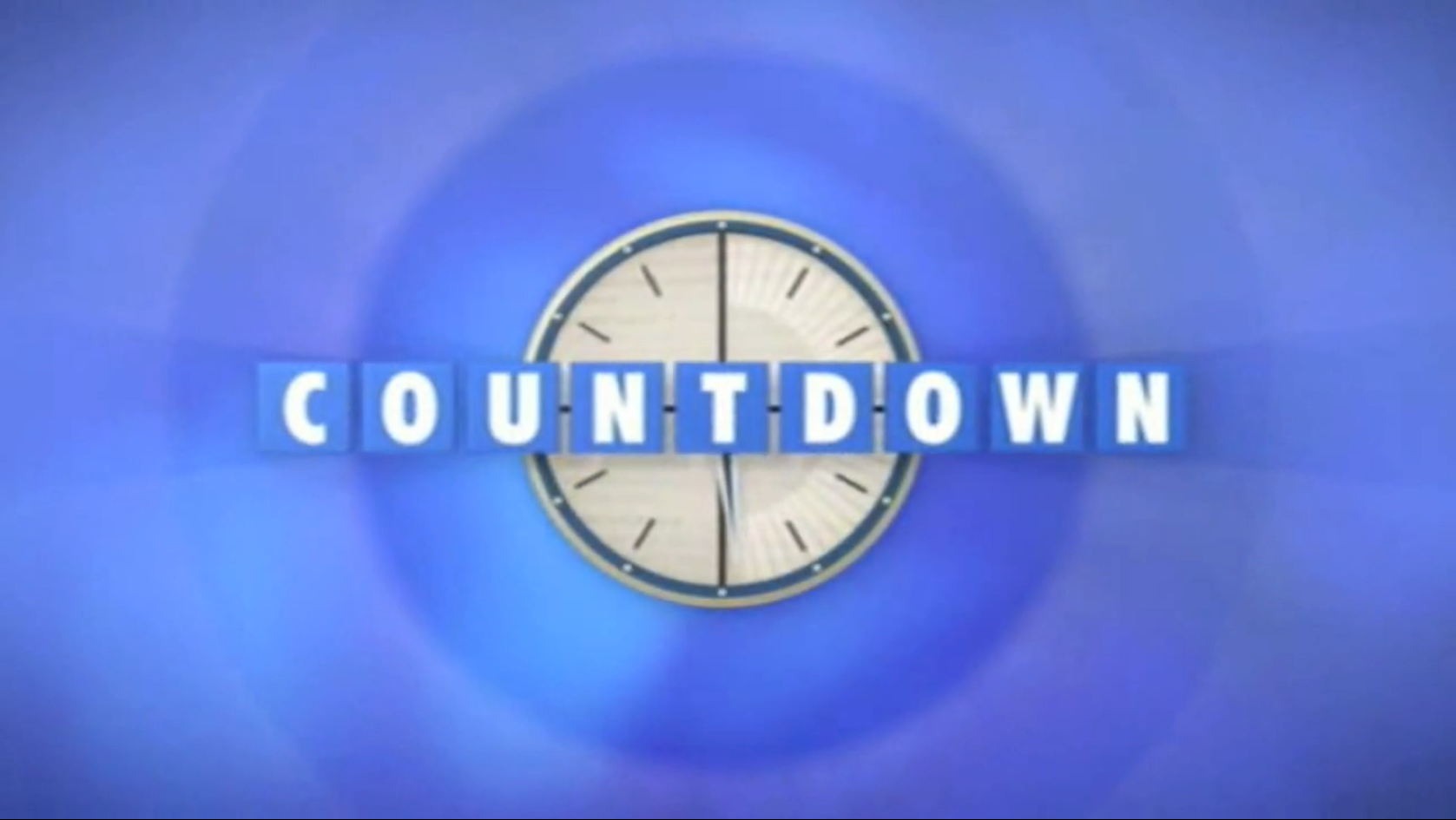The 937.5 Trick in Countdown
When playing the number round of Countdown you have to pick six numbers in total, some of them large and the rest small. There are only four large numbers: 25, 50, 75 and 100, but there are two copies of every number 1 to 10 in the small number supply.
Most people pick either one or two large numbers and try to multiply a large number by some combination of the small numbers to get in the vicinity of the target. Then they use the rest of the small numbers to fine tune it up or down a bit. This strategy works really well.
The problem is that everyone does this, so it is hard to get much of an advantage over your competitors. When playing countdown the goal isn't to try to get as close as possible to the answer; it is to get closer than the other player.
So a strategy employed by some of the top competitors is to pick all four big numbers (which are always the same) and learn lots of tricks beforehand that your competitor hasn't learned. By learning your 75 times table you already have a huge advantage over a casual player. It is also worth knowing your 125 and your 175 times tables really well.
By holding back the 25, you can treat 50, 75 and 100 as 2, 3 and 4 by division. For example, say you have the numbers 8, 9, 25, 50, 75 and 100 and you want to get to 847. Straight away we can see 8x100 gets us close, and adding on the 50, gets us to 850. We have 9, 25 and 75 left. But 75/25=3 So we have can take it away and be done.
But there is a trick which works really well for getting into the 900s which on average are the hardest range to hit by common sense. Notice that: (25x75)/(100/50) = 937.5 and similarly (50x75)/(100/25) = 937.5.
Now that doesn't look useful at first, but let's look at the denominator. 100/50 = 2 so really it is just (25x75)/2. If either the 25 or the 75 had been even then we would have got an integer. If we have at least one odd small number then we can use it to bodge either the 25 or the 75 a bit. For instance (25x(75-3))/(100/50) = 900 or ((25+1)x75)/(100/50) = 975
By popping odd numbers in with the 25 we can bump the total to 975 + a multiple of 75, or down to 900 - a multiple of 75.
By popping odd numbers in with the 75 we get to 950 + multiple of 25 or down to 925 - multiple of 25. Since you have two small numbers you can do both adjustments, use both on the same choice, or use one to fine tune at the end.
You can also just pop an odd number after the 25x75 part, for instance: (25x75+1)/(100/50) = 938. This is used for smaller adjustments than the above two methods and is probably the most useful.
It is a very versatile system with lots of ways you can adapt it, although the crucial advantage here is that it is something that you can prepare for which the other player is unable to make much progress in if they don't know the tricks.
Let's try an example. 2, 7, 25, 50, 75 and 100 making 943. Well that isn't very far away from 937.5, we just need to find an extra 5.5 from somewhere. Well 2 and 7 make 9, 5, 14 or 3.5 if you apply any of the normal operations to each other. But by popping the 7 inside the main thing: (25x75+7)/(100/50) = 941. The 7 counts for half of what it normally does when it is inside. Finally adding 2 we have (25x75+1)/(100/50)+2 = 943. It is possible to get within a few numbers of most big targets with this system.
I'll leave you with one of the masters at work:






